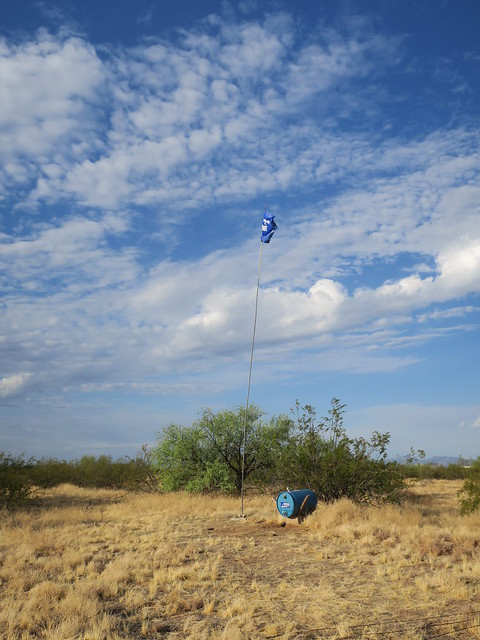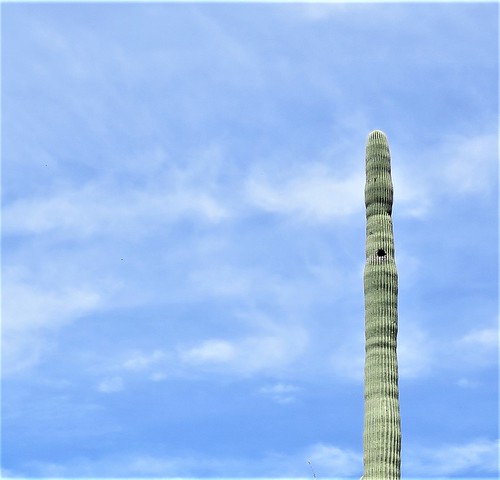 |
| Karr Canyon, New Mexico map. June 2013. |
At a recent Samaritans meeting, professor emeritus Ed McCullough gave a brief lesson on how to read a topographic (topo) map.
 |
| Topo map, the Bumble Bee, Arizona. Source: USGS. |
Topo maps and GPS are important in the humanitarian work the Samaritans do. Through direct encounters with migrants on the move; through the discovery of human remains; through indirect, visible evidence of apparent migrant activity; and through second-party reports, Samaritans collect location data and record it. Topo maps and GPS devices assist Samaritans in returning to prior water placements and in making decisions about where to test new water placements. ... and, oh yeah, to not get lost in the desert.
The Tucson Samaritans have an inventory of hard-copy topo maps for the areas they cover.
 |
| Tbilisi map. June 2012. |
Samaritans use the topo maps in conjunction with their GPS devices, which the Samaritans customize to reflect historical location data related to their mission.
 |
| Dubai map. January 2012. |
You can be sure vigilante militias do the same.
In poking around about topo maps, I found a 2015 article, Designing a Topo Map For Search and Rescue. It's illuminating to learn how the elimination of utility lines on an updated USGS topo map might affect search and rescue efforts of first responders.
As I learn more about the deadly theater that plays out in the desert, and the people on the front lines - migrant peoples, Border Patrol, humanitarians, vigilante militias, coyote guides, Tohono O'odham Nation peoples, other borderland residents - and what a crap shoot it is to save lives with water in the right place at the right time - I think: Surely there are people who know with a reasonable level of certainty the trajectory a group of migrant folks will follow, depending on its departure point from Mexico.
If a coyote is leading a group, at what point, and with the guidance of whom, is the decision made to follow a certain path?
Is it true that the Border Patrol might track a group into the US early on, but let the group exhaust itself after several days of travel in arduous conditions before picking it up, jeopardizing the lives of group members?
If a group leaves from a widely-known departure point in Mexico, a border village, say, doesn't it stand to reason there are only so many paths a group can take in the first 20 miles or so into the desert? And therefore, in theory, make some educated estimates possible about where a group might first start hurting for water?
And if a humanitarian group deduces or receives advance intel about a group's general trek path, at what moment does the humanitarian group's act of mercy in the form of water and food, based on the use of that intel, become a crime of aiding and abetting?
Could a humanitarian group use reverse 'engineering' to predict travel patterns of migrants, based on where Border Patrol picked up groups in the previous 30 days?
Do algorithms exist that suggest how a group of people tends to make decisions at way points about which direction to go?
I'm sure more will be revealed to me as I get more educated. Because I sure as heck know that people smarter and more experienced than I are literally in the trenches (or in the desert: the washes) doing life-saving work every day.
Video tutorials on topo maps
Below is a quick-and-easy, chill tutorial from REI. I like the unrushed pacing of the narrator's speech, the timbre of her voice, and her plainspoken accent, all of which contribute to a pleasant tutorial experience.
Below is a longer lesson. Although five times as long as REI's tutorial, Seth Horowitz' lesson is smooth as cake in the mix of his friendly, accessible voice; an approximation of interactivity with fill-in-the-gaps exercises; the multiple examples of each concept; and the simplicity of his terminology and his economy of speech. Mr. Horowitz is an earth science teacher at a middle school, and the graded language and content for this lesson works just fine for me!





































